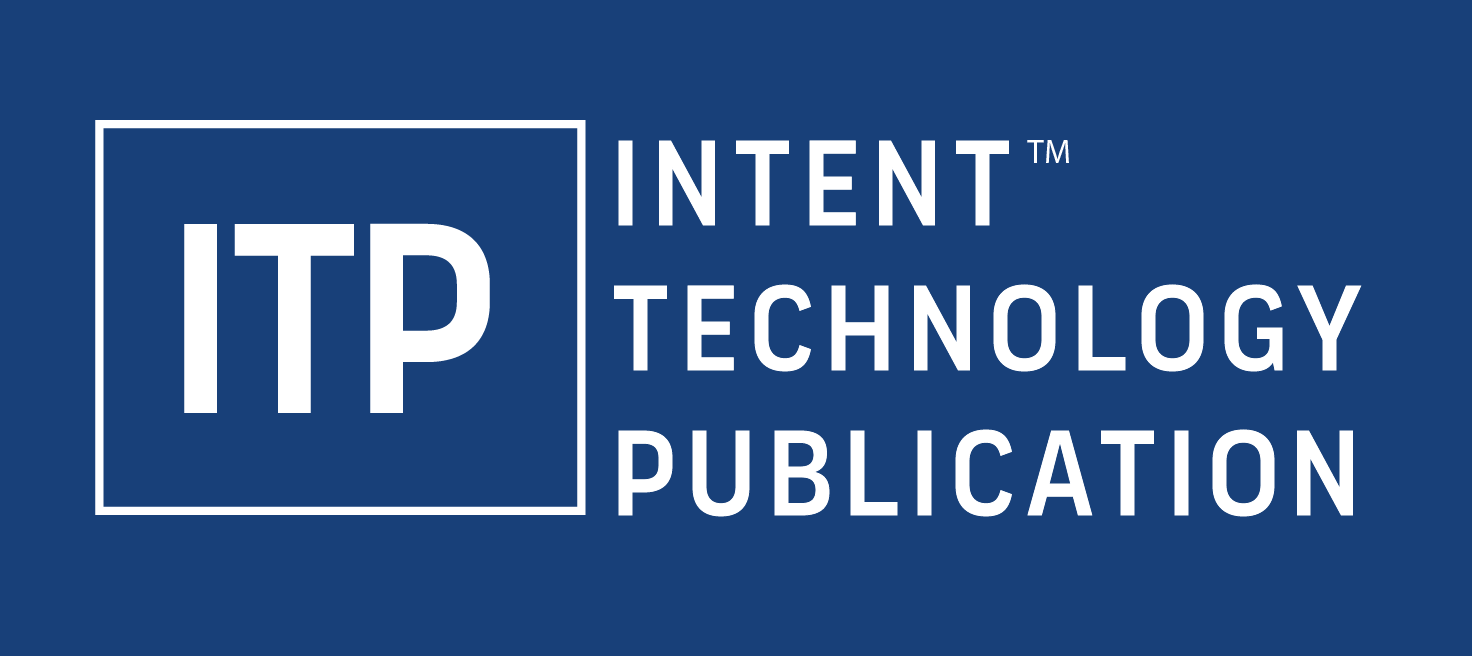or call: +1 (520) 350-7212
CMOs and CROs: How to Really Turbocharge Your Go-to-Markets
Tech firms must accept reality. Building a fantastic product on its own won’t be enough to launch a new product or grow a firm in the congested tech market. Nevertheless, I frequently observe businesses with excellent solutions failing to make the GTM investments required to monetize their products. How come? I believe that go-to-market knowledge may be a totally distinct kind of talent entirely, one that IT businesses (and many others) frequently overlook. Preeminent tech industry thinker Geoffrey Moore referred to specific components of any organization as “Core” because they are essential to its likelihood of success in his excellent book, Dealing with Darwin. In contrast, he referred to anything else the business needed as “Context”.
Yes, they are significant capabilities, but not the fundamental component. The truth is that genuine revenue magic happens when the precise ideal ratio between investment in both the requisite core and context skills can be identified. Moore’s work makes it very evident that if go-to-market capabilities are behind product availability, business opportunities will be lost, even though I’m leaving out a lot of complexity. In order to achieve the best results, CROs and CMOs must balance their expenditures in slow-growing personnel with the right spending on enabling “fuels” that can increase their teams’ yields in the short term. Simply put, businesses need to be aware of what they can and should develop internally against what the outside world can supply more effectively, at least in the short term.
Why marketing holds many companies back
Rather than a single coherent function, marketing’s really made up of many very different processes and skillsets. From strategy, to positioning and messaging, branding and advertising, web stuff, and all the way through to demand generation, marketing’s diversity makes it particularly difficult to scale internally. “Unicorn” marketers are expensive to hire and very hard to develop internally. What’s more, to maximize life-sustaining opportunity capture in highly competitive environment, you often just don’t have the time. That’s why savvy leaders need to have a strong understanding of what sort of support is out there in the industry that can make things happen faster.
From a “Core and Context” perspective then, the obvious questions for management become: “What marketing skills must I build? What skills can I better obtain from the outside? And how do I make the smartest trade-offs?” Getting to workable answers requires identifying those skills and capabilities you can’t build quickly enough to drive the growth trajectory you seek.
Your solution alone is not enough to drive your channels
While the rise of ecommerce has made the process of launching a new consumer product easier and more accessible to thousands (maybe millions) of creators, the costs are brutal and the resulting Darwinian outcomes couldn’t be more daunting. Not only do you have to build a great product, but you have to bring it to market into already crowded channels where you’re basically unknown. And yet hit products are making it each and every year. Now, as a proud B2B leader, you may think there’s too much different about our world to be looking for learnings around trivial categories like books, make-up or shoes, but from a go-to-market perspective, I think there are some profound and timeless lessons. In B2C and B2B alike, not only do you have to build a great product, but you have to bring it to market into a plethora of channels where you’re basically unknown. To do that as fast and efficiently as possible, you’re going to need real expertise.
Just the other Saturday, I went to CVS to get some razor blades plus some other stuff for around the house. I got the Gillette blades I like (shocked at the price), but couldn’t find the jumbo-sized cleaning products I wanted — so I headed over to the local Target. Just for fun, I checked out the blades there as well. Gillette was slightly cheaper at Target (note to self), but what really blew me away was that I could also choose from both Dollar Shave Club (DSC) or Harry’s if I’d wanted to. And the displays for both of those upstarts really caught my eye (much more than Gillette’s). What both “born on the internet” disrupters DSC and Harry’s have realized is, that if they really want to reach their potential, they need to be where more of the buyers are and they need to do it in ways that get them noticed. Those are two super important takeaways!
As a B2B marketing or sales leader, you need to figure out the most efficient way to get your value propositions in front of more buyers faster and better than your competition. If your recruiting strategy doesn’t allow you to onboard the type of marketing talent that can quickly execute on this, you’re opening the door to your rivals unless you can find another way. You need help with two obvious things:
- Ways to find more buyers faster than your competition can
- Ways to engage them more effectively than your competition will


